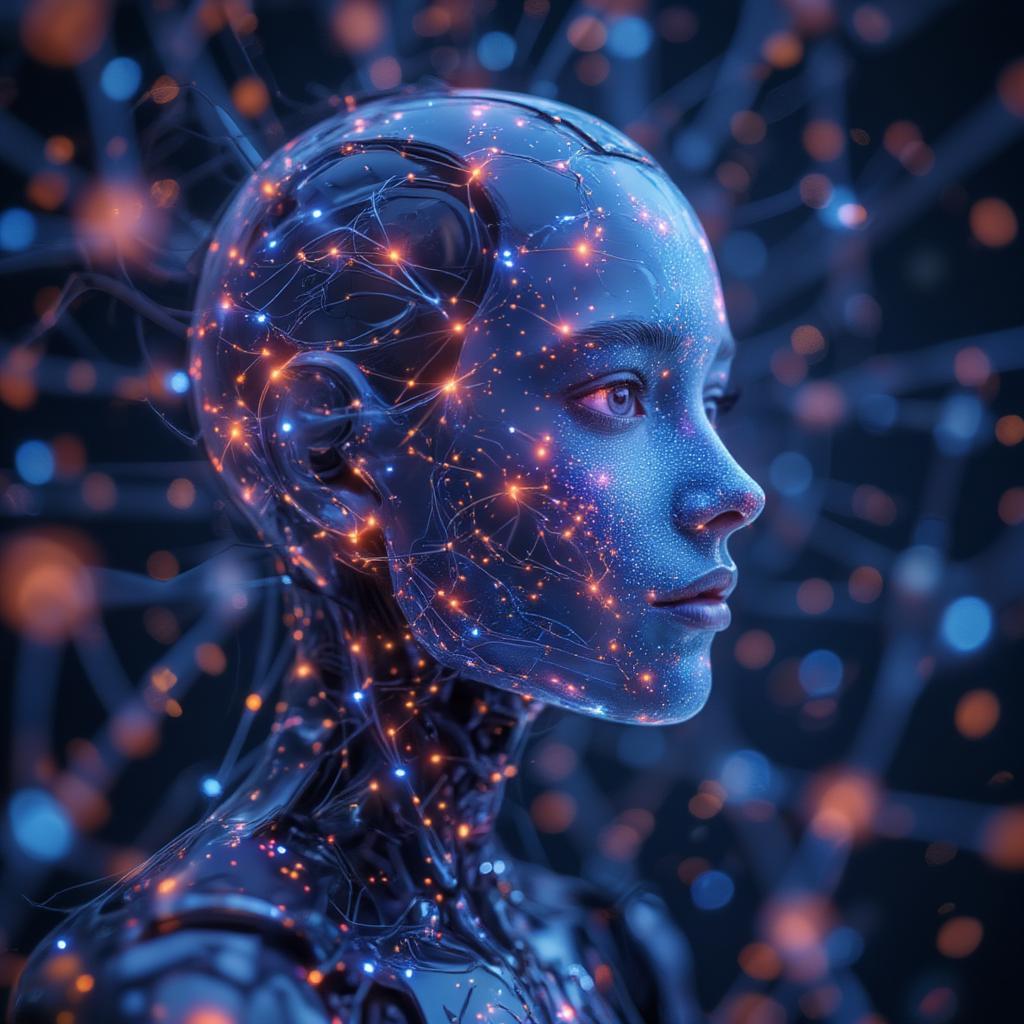Exploring the Future with CNN Technology

Cnn Technology is rapidly transforming how we interact with the world, from recognizing images to powering self-driving cars. This innovative technology is at the forefront of advancements in artificial intelligence and machine learning, driving breakthroughs in various fields, including healthcare, finance, and entertainment. But what exactly is CNN technology, and how is it shaping our future? Let’s delve deep into the fascinating world of Convolutional Neural Networks.
Understanding the Basics of CNN Technology
Convolutional Neural Networks, or CNNs, are a specialized type of artificial neural network designed specifically for processing data with a grid-like topology, like images. They are inspired by the biological processes of the visual cortex, mimicking how the human brain processes visual information. The key to CNN’s power lies in its ability to learn spatial hierarchies of features automatically. This means they can identify simple features like edges and corners in the initial layers and then combine them to recognize more complex objects like faces or cars in deeper layers. This hierarchical approach makes CNNs incredibly efficient at processing large amounts of visual data.
One of the fundamental building blocks of a CNN is the convolutional layer. This layer applies a series of filters to the input image, extracting different features. These filters, also known as kernels, slide across the image, performing a mathematical operation called convolution, which essentially measures the similarity between the filter and the underlying image patch. The output of this operation is a feature map, which highlights the presence of specific features in the input image.
Another crucial component is the pooling layer, which reduces the dimensionality of the feature maps while retaining essential information. This helps to make the network more computationally efficient and less sensitive to minor variations in the input image. Finally, fully connected layers combine the extracted features and make predictions about the image’s content.
Applications of CNN Technology: Beyond Image Recognition
While CNNs are widely recognized for their prowess in image recognition, their applications extend far beyond this domain. They are increasingly being used in natural language processing, video analysis, drug discovery, and even weather forecasting. For example, in healthcare, CNNs are being used to analyze medical images, assisting doctors in diagnosing diseases like cancer and identifying anomalies in X-rays and MRIs.

In the finance sector, CNNs are being employed for fraud detection and algorithmic trading, analyzing market trends and predicting stock prices. The ability of CNNs to process sequential data makes them suitable for analyzing time-series data, such as stock prices over time, and identifying patterns that can indicate fraudulent activities.

The Future of CNN Technology and its Impact
The future of CNN technology looks incredibly promising. Researchers are constantly working on developing new architectures and training techniques to improve their performance and efficiency. One exciting area of research is the development of explainable AI (XAI), which aims to make the decision-making process of CNNs more transparent and understandable. This will be crucial for building trust in these systems and enabling wider adoption in critical areas like healthcare and finance.
“CNNs are not just about identifying objects in images anymore,” says Dr. Amelia Hernandez, a leading AI researcher at the Institute of Advanced Computing. “They are becoming powerful tools for solving complex problems across various domains. The potential is limitless.”
What are the Limitations of CNN Technology?
Despite their impressive capabilities, CNNs are not without their limitations. They require large amounts of labeled data for training, which can be a significant challenge in some domains. They are also computationally intensive and can be difficult to implement on resource-constrained devices. Furthermore, CNNs can be susceptible to adversarial attacks, where carefully crafted input images can fool the network into making incorrect predictions. Addressing these limitations is an active area of research, and overcoming these challenges will pave the way for even more widespread adoption of CNN technology.

Conclusion
CNN technology is revolutionizing the way we interact with and understand the world around us. From image recognition to drug discovery, CNNs are powering advancements across diverse fields. While there are challenges to overcome, the future of CNN technology is bright, and its continued development promises to unlock even more transformative applications in the years to come. Understanding CNN technology is crucial for anyone seeking to navigate the rapidly evolving landscape of artificial intelligence and its impact on our future.
FAQ: CNN Technology
- What does CNN stand for in technology? CNN stands for Convolutional Neural Network.
- How does CNN technology work? CNNs use convolutional layers to filter images and identify features, pooling layers to reduce data dimensionality, and fully connected layers for classification.
- What are the main applications of CNN technology? CNNs are used in image recognition, video analysis, natural language processing, and other fields.
- What are the advantages of using CNNs? CNNs are highly effective at image recognition, can learn complex patterns, and are computationally efficient.
- What are the limitations of CNNs? CNNs require large datasets for training, can be computationally intensive, and are susceptible to adversarial attacks.
- What is the future of CNN technology? The future of CNNs includes explainable AI, improved architectures, and more efficient training techniques.
- Why is CNN technology important? CNNs are driving innovation in numerous fields, including healthcare, finance, and autonomous driving.
- How are CNNs different from other neural networks? CNNs are specialized for processing grid-like data, like images, while other neural networks may be more general-purpose.
- Where can I learn more about CNN technology? Numerous online resources, courses, and research papers are available to learn more about CNNs.




